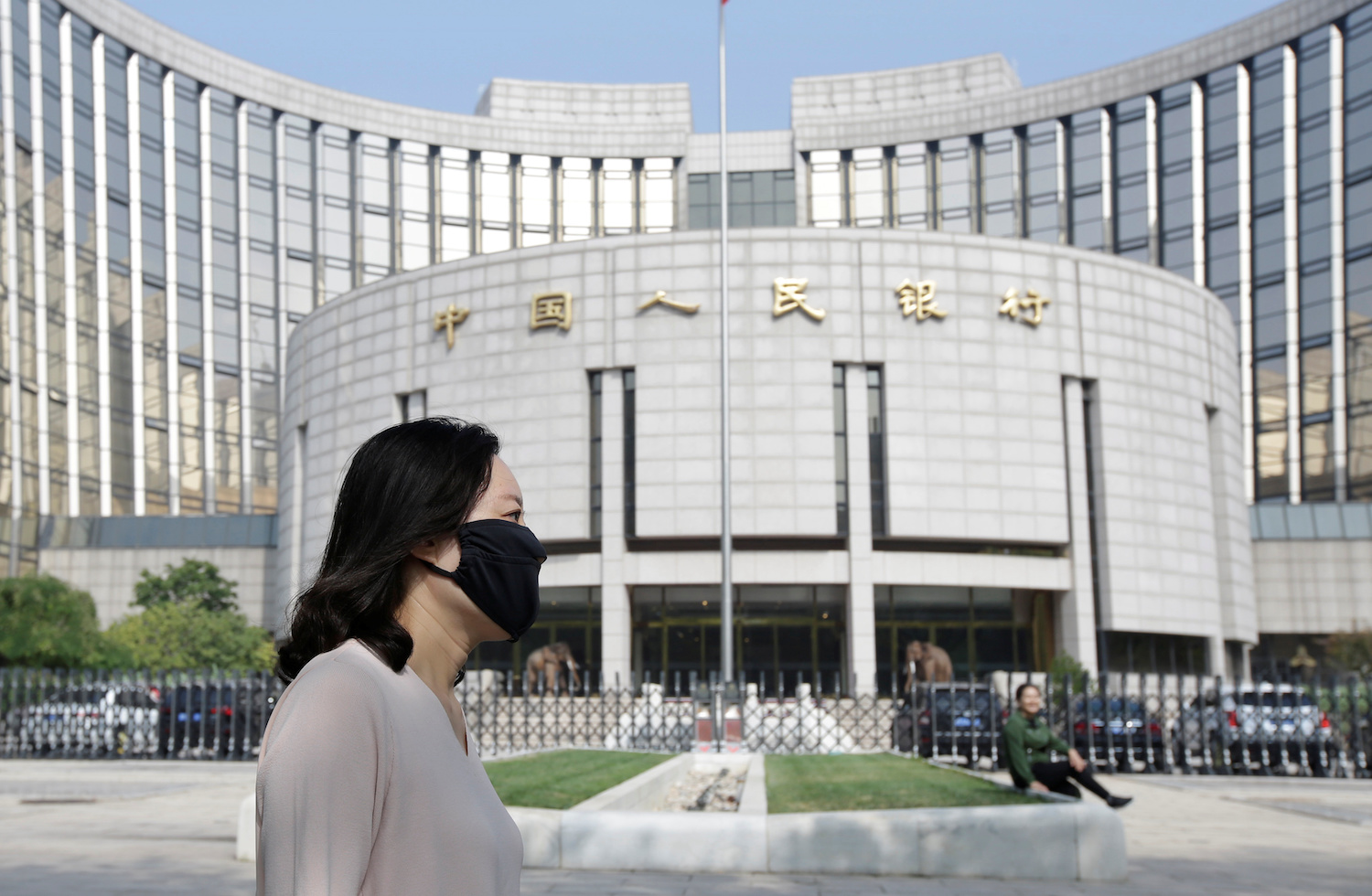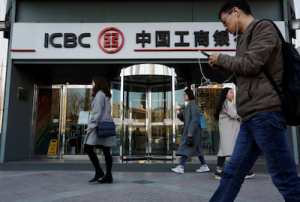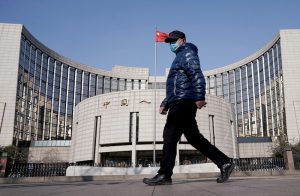(ATF) China is widening the scope of stress tests on its lenders by including all of its 4,024 banks this year, the central bank said, amid concerns over mounting debts and other financial strains in some sectors.
Annual stress tests have been conducted on the country’s major commercial banks since 2012 by the People’s Bank of China (PBoC), and their scope has been broadened in recent years with tests on 1,550 lenders conducted in 2020, the bank said.
Though its economy has recovered quickly from the coronavirus pandemic, debt levels have risen and some companies, particularly smaller ones, continue to face financial stress.
In a November 2020 report, the PBOC indicated a third of 30 mid-sized and large banks in a sample would fail its stress test even under a mild impact scenario.
However, an improving economic outlook, coupled with ongoing regulatory reforms designed to curb systemic risks, will reduce downside risks to banks, according to a rating agency.
“Furthermore, progress on financial reform and China’s economic resilience, demonstrated during the pandemic shock, are [positive] developments … for China’s banking-sector operating environment (OE) score,” Fitch Ratings said in a recent report.
Fitch expects China’s economy to grow by 8% in 2021, after an expansion of 2.3% in 2020.
FEE GENERATION
“The improved macroeconomic environment should support fee generation and lending income for banks, even as we expect official asset-quality metrics to deteriorate further, with the roll-off of loan relief measures revealing the full effect of the shock on asset quality,” the agency said.
Rural banks would be the most vulnerable under stress conditions, while some banks in less economically developed regions, such as the northeast or southwest of China, would see bigger drops in capital adequacy ratios if bad loans rise significantly.
The PBoC has been pushing for speedy formulation of rules in the banking sector to fend off systemic financial risks. In April, it issued draft rules imposing additional capital adequacy, leverage ratio, and liquidity management requirements on major banks deemed important to the financial system.
Regulators have made further progress on financial-sector reforms that we expect to reduce banking-system risks in the longer term.
“Progress in the establishment of a domestic systemically important bank (D-SIB) framework in December 2020, for example, should strengthen the resilience of China’s major banks through higher capital buffer requirements,” Fitch said.
With reporting by Reuters
























